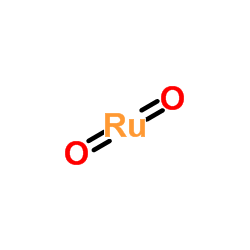| 结构式 | 名称/CAS号 | 全部文献 |
|---|---|---|
 |
氧化钌
CAS:32740-79-7 |
|
 |
二氧化钌
CAS:12036-10-1 |
| 结构式 | 名称/CAS号 | 全部文献 |
|---|---|---|
 |
氧化钌
CAS:32740-79-7 |
|
 |
二氧化钌
CAS:12036-10-1 |